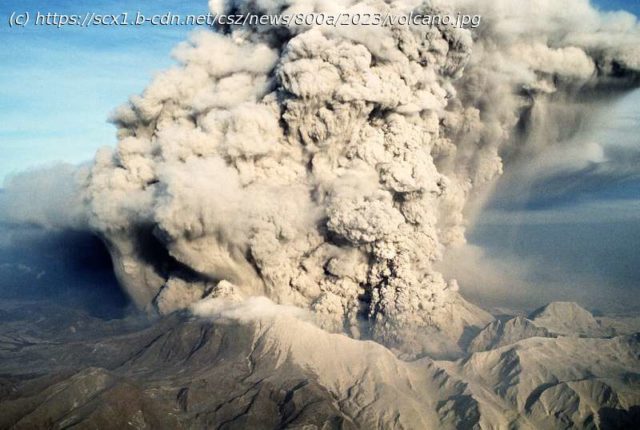One of California’s riskiest volcanoes has for decades been undergoing geological changes and seismic activity, which are sometimes a precursor to an eruption, but—thankfully—no supervolcanic eruptions are expected.
One of California’s riskiest volcanoes has for decades been undergoing geological changes and seismic activity, which are sometimes a precursor to an eruption, but—thankfully—no supervolcanic eruptions are expected.
That’s according to Caltech researchers who have been studying the Long Valley Caldera, which includes the Mammoth Lakes area in Mono County. The caldera was classified in 2018 by the U.S. Geological Survey as one of three volcanoes in the state—along with 15 elsewhere in the U.S.—considered a “very high threat,” the highest-risk category defined by the agency.
The two other volcanoes in California with that classification are Mt. Shasta in Siskiyou County and the Lassen Volcanic Center, which includes Lassen Peak in Shasta County. The threat assessment is not a list of which volcanoes are most likely to erupt or a ranking of those that are most active; rather, it’s defined as a combination of a volcano’s potential threat and the number of people and properties exposed to it.
The scientists’ findings were published last week in the journal Science Advances.
The Long Valley Caldera is a broad depression of land east of the Sierra Nevada. It’s roughly 40 miles east of Yosemite Valley, 200 miles east of San Francisco and 250 miles north of downtown Los Angeles. A caldera is formed when magma erupts or is otherwise taken out from beneath the ground.
The Long Valley Caldera was formed by a super-eruption about 760,000 years ago that blasted 140 cubic miles of magma, covering much of east-central California in hot ash that was blown as far away as present-day Nebraska.
Scientists have long scrutinized the Long Valley Caldera, where there have been noticeable increases in earthquakes and the ground fluctuations that began four decades ago. Notably, there were four magnitude 6 earthquakes in the Long Valley area in May 1980.






